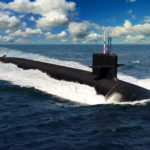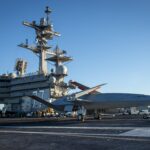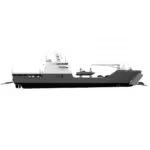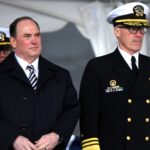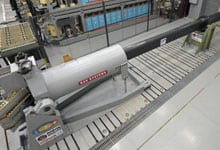
The U.S. Office of Naval Research (ONR) is proceeding in its electromagnetic raingun research and expects to reach a capacity of 10 rounds per minute with a 32 Mega-Joule muzzle launch for each round, officials said Thursday.Dr. Thomas Beutner, department head of Code 35 in ONR’s Naval Air Warfare and Weapons Department, told reporters that the railgun research is going well and has made several scientific advances.The railgun uses stored electricity in a pulsed power system. Then an electric pulse…

 By
By 